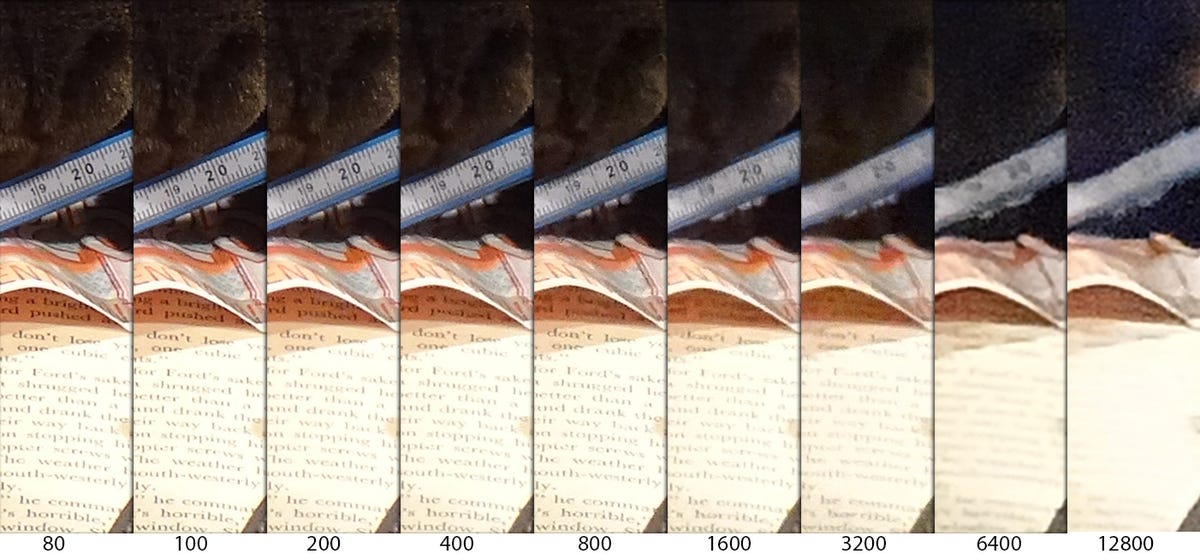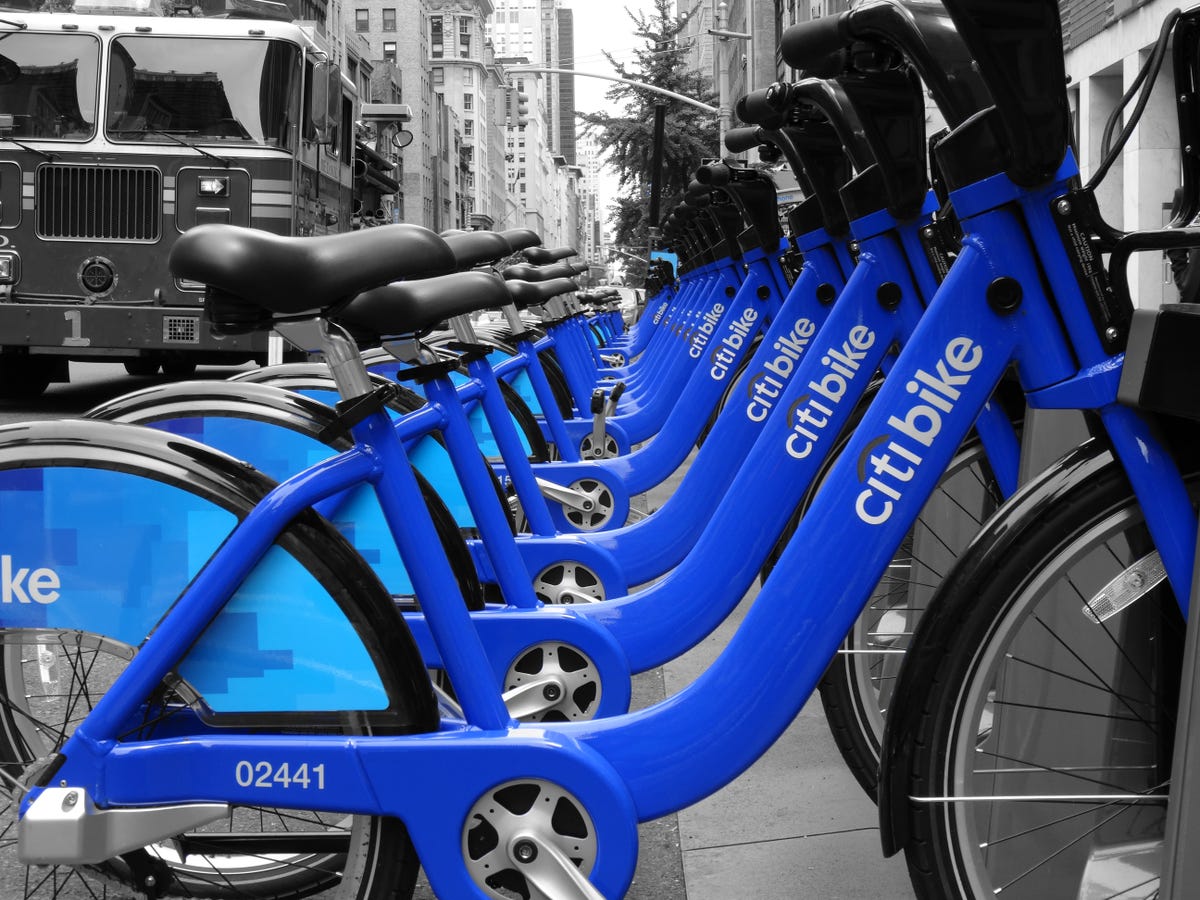
ISO comparison
The photo quality from the Sony Cyber-shot DSC-HX50V is very good to excellent, though it really depends on your needs and expectations. If you're considering buying this instead of a high-resolution digital SLR, you'd be disappointed. A 20-megapixel sensor doesn't guarantee good image quality and most pictures from the camera viewed at full size aren't impressive. However, there's plenty of usable resolution here, particularly if you're shooting with plenty of light.
Below ISO 400, shots look good printed up to 10x13, which is more than most people need. Getting a very good 8x10 with some enlarging and cropping is certainly possible, too. And if you never print your shots, the HX50's photos look great on a computer screen or HDTV with minor cropping or enlarging.
As the camera goes above ISO 400, subjects do get noticeably softer, but shots are usable at small sizes up to ISO 1600. If you want better low-light shots of still subjects, Sony's Handheld Twilight mode still produces some of the best high-ISO photos I've seen from a point-and-shoot.However, I wouldn't bother using the two highest ISOs, as they look more like artist's renderings than photos and have off colors.
Again, the HX50V is not a dSLR (it can't even capture raw images), but for people looking for a long lens and some better control over results than the average point-and-shoot offers, it's a safe bet.
Macro
Color
Color modes
Zoom range
Lens distortion
ASM modes
For the past several iterations of this camera, Sony included only a full manual mode. The HX50V gets that plus aperture- and shutter-speed-priority modes, and an extra dial for fast, direct control over exposure compensation.
Shutter speeds range from 30 seconds to 1/1,600 of a second. Apertures at the wide end include f3.5, f4.0, f4.5, f5.0, f5.6, f6.3, f7.1, and f8.0 for wide and f6.3, f7.1, and f8.0 for telephoto.
Creative effects
You can view this slide larger to see the differences.

Partial Color
Sweep Panorama
Sony has had its Sweep Panorama on its Exmor R sensor-based cameras for years now, and while others have copied this pan-and-shoot mode for creating panoramas, Sony still does it the best.
Sony has two versions of its Sweep Panorama mode: one regular, one Intelligent. The cameras with a Sony Exmor R sensor get the latter, which includes the HX50V. The benefit is that it does a better job of handling moving subjects.
ISO 80
This image and the remaining images in this slideshow are available to download at full resolution, by clicking on the "View larger" link. Note: These are large files and will take several seconds to open or download.

